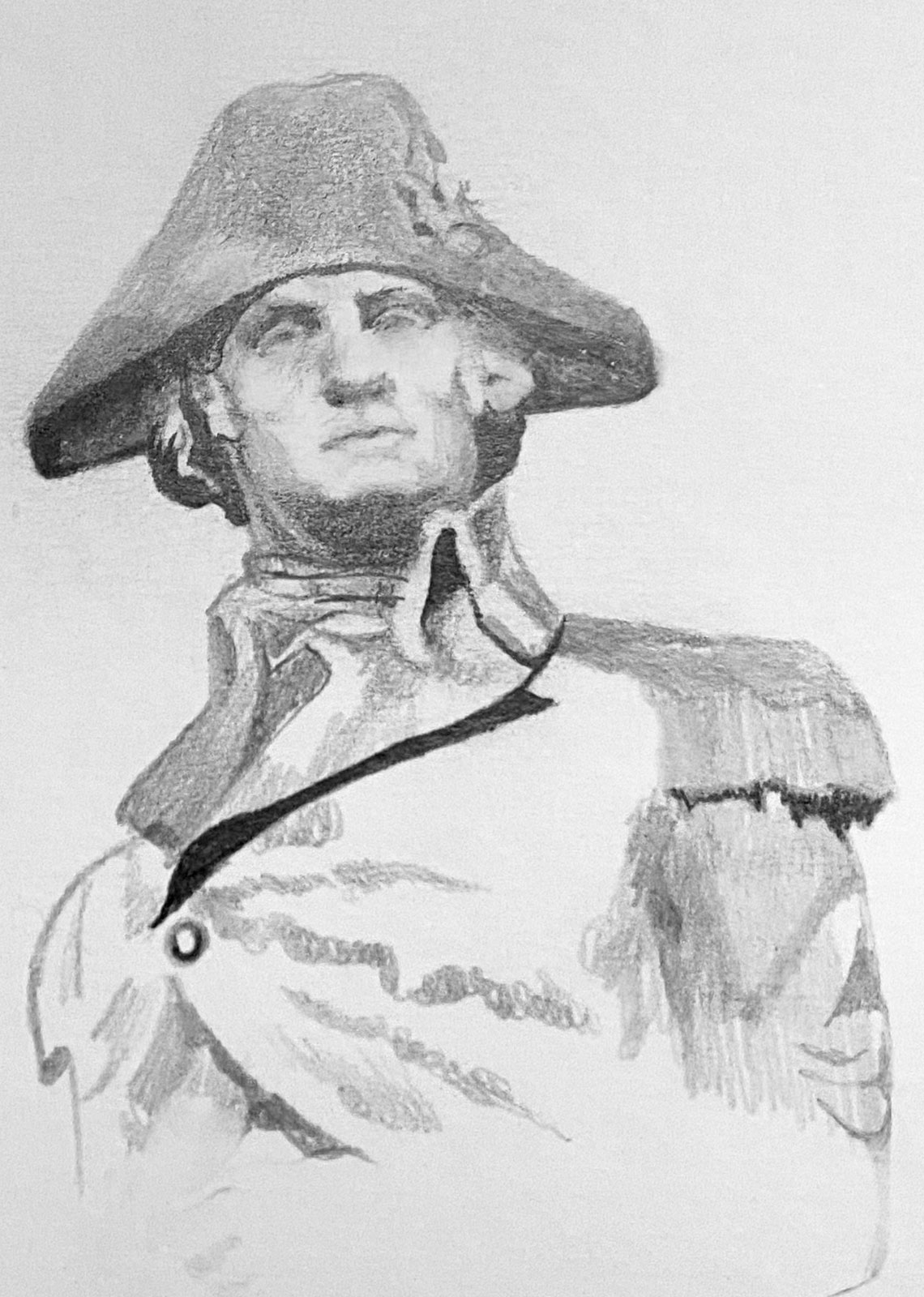Pennsylvania Cable Network’s Pennsylvania Battlefield airs segment on Battle of Brandywine featuring authors, including Bruce Mowday
Show scheduled to air Sunday, August 28, 2016, at 6:00 p.m.
CHADDS FORD _ Pennsylvania Cable Network’s series Pennsylvania Battlefield has scheduled a segment on the Battle of Brandywine for Sunday, August 28, 2016 at 6:00 p.m.
The Battle of Brandywine was fought on September 11, 1777, and was the main engagement of the Philadelphia campaign during the American Revolution. The loss at Brandywine allowed the British to occupy Philadelphia and caused the Continental Congress to vacate the city.
Battlefield Pennsylvania Host Brady Crytzer, a lecturer of history at Robert Morris University, interviewed authors Michael Harris and Bruce Mowday about Brandywine. The show was taped at Brandywine River Museum earlier this month.
“I’m glad Brady and PCN selected Brandywine as a subject for its series,” Mowday said. Brandywine played a major role in the American Revolution. A number of famous Americans took part in the engagement and it was Lafayette’s first battle in the American Revolution and he was wounded.
Mowday authored the first in-depth book on the battle, September 11, 1777: Washington’s Defeat at Brandywine Dooms Philadelphia. The book took six years to research and write and included a trip to London to review British government and army records. Mowday writes about history, business, sports and true crime. For all of his books, see www.mowday.com.
Mowday is an award winning author and newspaper reporter. Mowday has appeared on the Discovery ID channel, C-SPAN, the Pennsylvania Cable Network and Philadelphia and local television shows. He is a contributing editor with Business 2 Business magazine. Mowday has hosted his own radio shows and was chairman of the Chester County Historical Society and president of the Brandywine Battlefield Park Associates. He is a board member of the Valley Forge Park Alliance and the Chester County Conference and Visitors Bureau. He is a frequent speaker at various civic and historical groups.
PCN’s Battlefield Pennsylvania takes a look at the military men and the battles they engaged in, as well as the challenges of diplomacy, warfare and frontier living that are so evident in Pennsylvania history.
